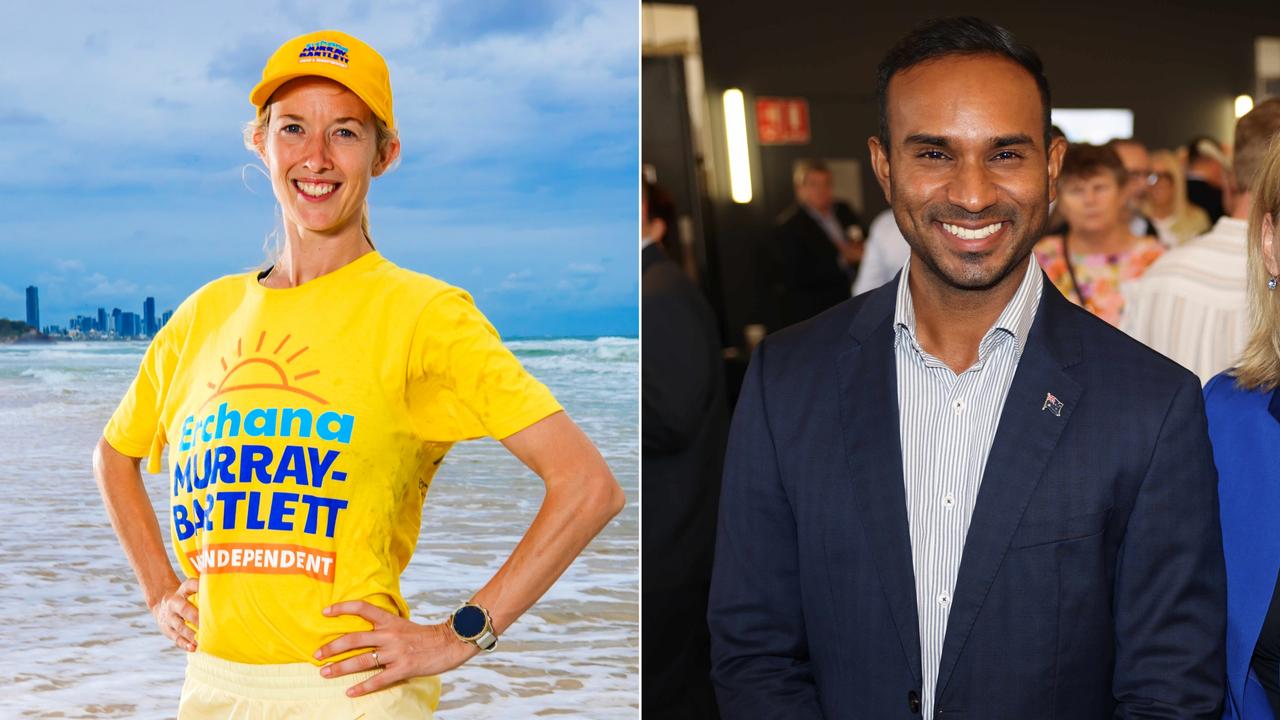Anzac Day 2023: World War II veterans reveal their memories of the day the conflict ended
There are few people left who witnessed the official end of World War II nearly 80 years ago. Gold Coaster Colin “Russ” Gibbins was there and he reveals what happened in Tokyo Bay.
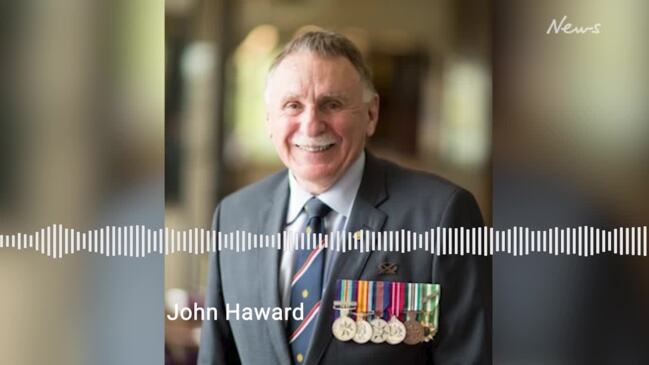
News
Don't miss out on the headlines from News. Followed categories will be added to My News.
COLIN “Russ” Gibbins can still close his eyes and remember the moment World War II ended, nearly eight decades later.
The Ashmore resident, who celebrates his 98th birthday on Thursday, is one of the few remaining veterans who were present in Tokyo Bay on September 2, 1945 when the Empire of Japan official surrendered, bringing down the curtain on six years of war.
The young sailor, a navy communications officer, was aboard HMAS Shropshire watching on as US General Douglas MacArthur signed the surrender document.
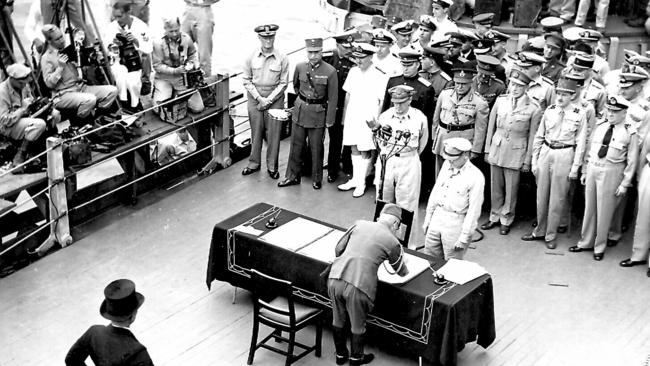
“I had a good viewing spot to witness what was going on,” he said.
“The Allies had their ships in the bay and the sky was covered in aircraft, the Americans put every craft they had in the sky that day.”
It was a moment of joy after a long war which began four years earlier for the Gold Coaster.
Mr Gibbins was just 17 years old when he enlisted in the Royal Australian Navy in 1942.
Art the time he was a young lifesaver living at Main Beach with dreams of a future studying architecture.
But with the conflict raging both in the Pacific and in Europe, he decided to put his studies on hold and sign up for the war effort.
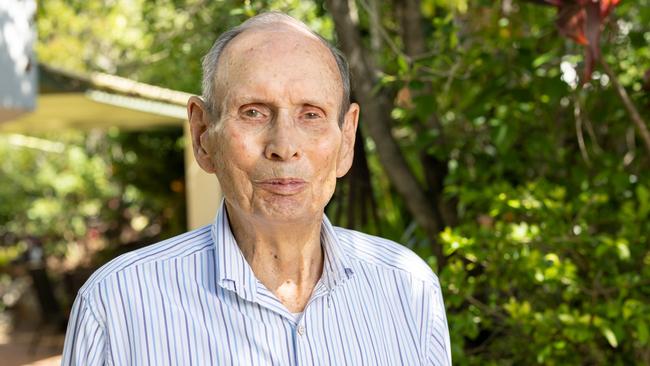
Mr Gibbins originally hoped to join the Royal Australian Air Force, but was unable to because of his age.
Instead he joined the navy.
However, because he was under the age of 21, his father needed to sign a permission slip allowing his son to go to war.
“A lot of the other lifesavers were signing up and when Darwin was bombed, I felt I had to do something,’’ he said.
“My dad had to give consent because I was under 21. It was very hard for him to sign the paperwork and I remember he cried.’’
Mr Gibbins served in the Pacific theatre in the war against the Japanese, primarily aboard the heavy cruiser HMAS Australia and later HMAS Shropshire in 1944 and 1945.
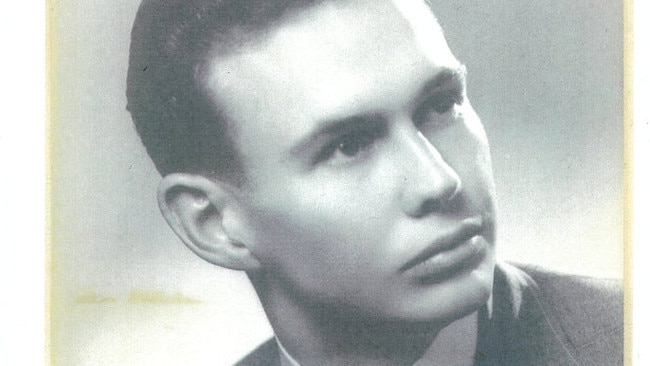
He was aboard HMAS Australia during the pivotal Battle of Leyte Gulf in October 1944 which turned the tide of the Pacific campaign and enormous cost.
The engagement, the last to be staged with battleships, was also the first to feature kamikaze attacks
HMAS Australia was among the vessels struck by one of these attacks, killing 30 people, including Captain Emile Dechaineux who died hours later from his wounds.
Mr Gibbins remembers the day well.
“I was off duty below when the plane hit the ship’s bridge and when I got to the main wireless room, I was told the aerials were down and I needed to go up on the main deck to get them back up,’’ he said.
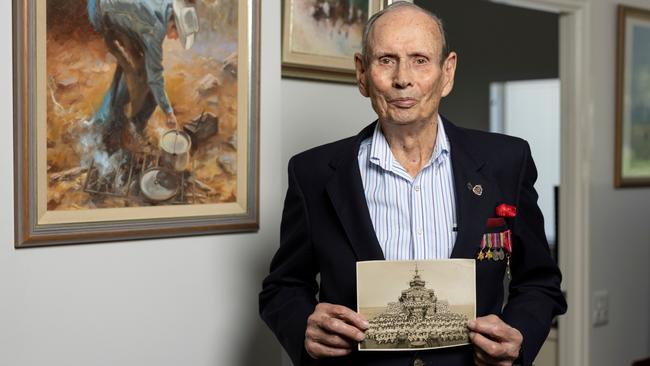
“I was putting up the aerials with wounded men around me being attended by medical orderlies. They had been most exposed operating anti-aircraft guns on the upper deck when the aircraft came in spraying its bullets from the machineguns.’’
Following the battle Mr Gibbins transferred to the Shropshire and was on duty in the ship’s radio room on August 15, 1945 when Japanese Emperor Hirohito announced his surrender following the atomic bombings of Hiroshima and Nagasaki.
Following the war, he returned to the Gold Coast, married his wife Margaret and became a father of two.
He also realised his dream of practising as an architect.
Today he lives at the Domain in Ashmore near fellow World War II veteran Joan Woodland who turns 100 this year.
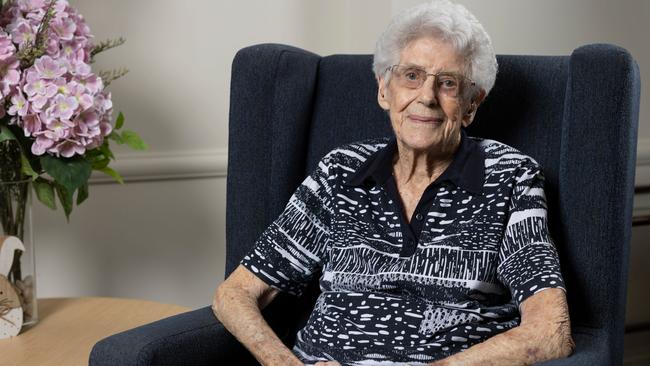
To her knowledge, she is the last surviving member of her unit, the Australian Army Medical Women’s Service.
“As soon as I turned 19, I enlisted and received my call up in January 1943 as I was of the opinion that if you could join up, you joined up,” she said.
Mrs Woodland held the rank of Private and was serving as an administrator in north Queensland on the day hostilities ceased in August 1945.
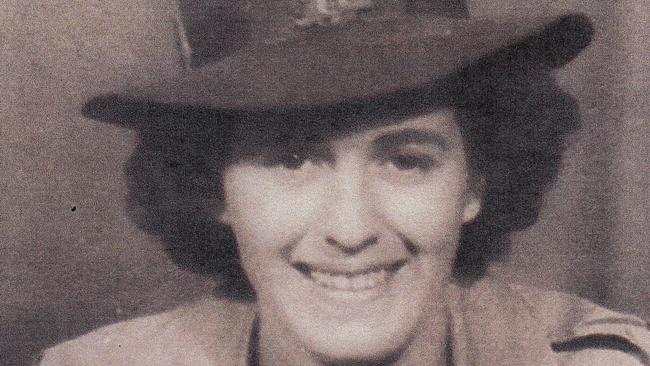
“It was a busy military hospital with troops from several divisions,” she said.
“In August 1945, the hospital was moving to New Guinea and the advance party had already boarded the ship when Hiroshima and Nagasaki were bombed. From that moment everything was cancelled: it was the end of the war.’’




